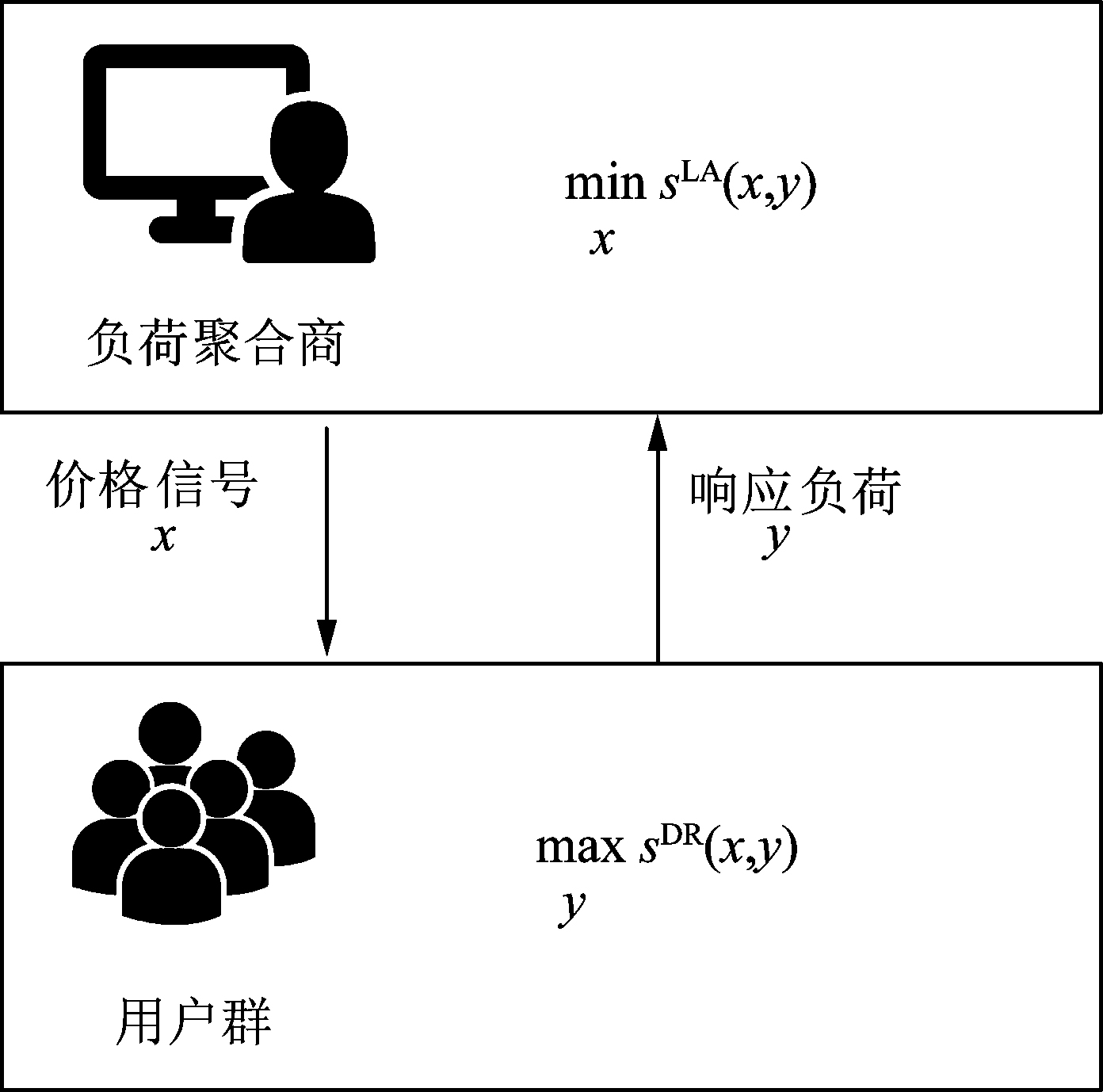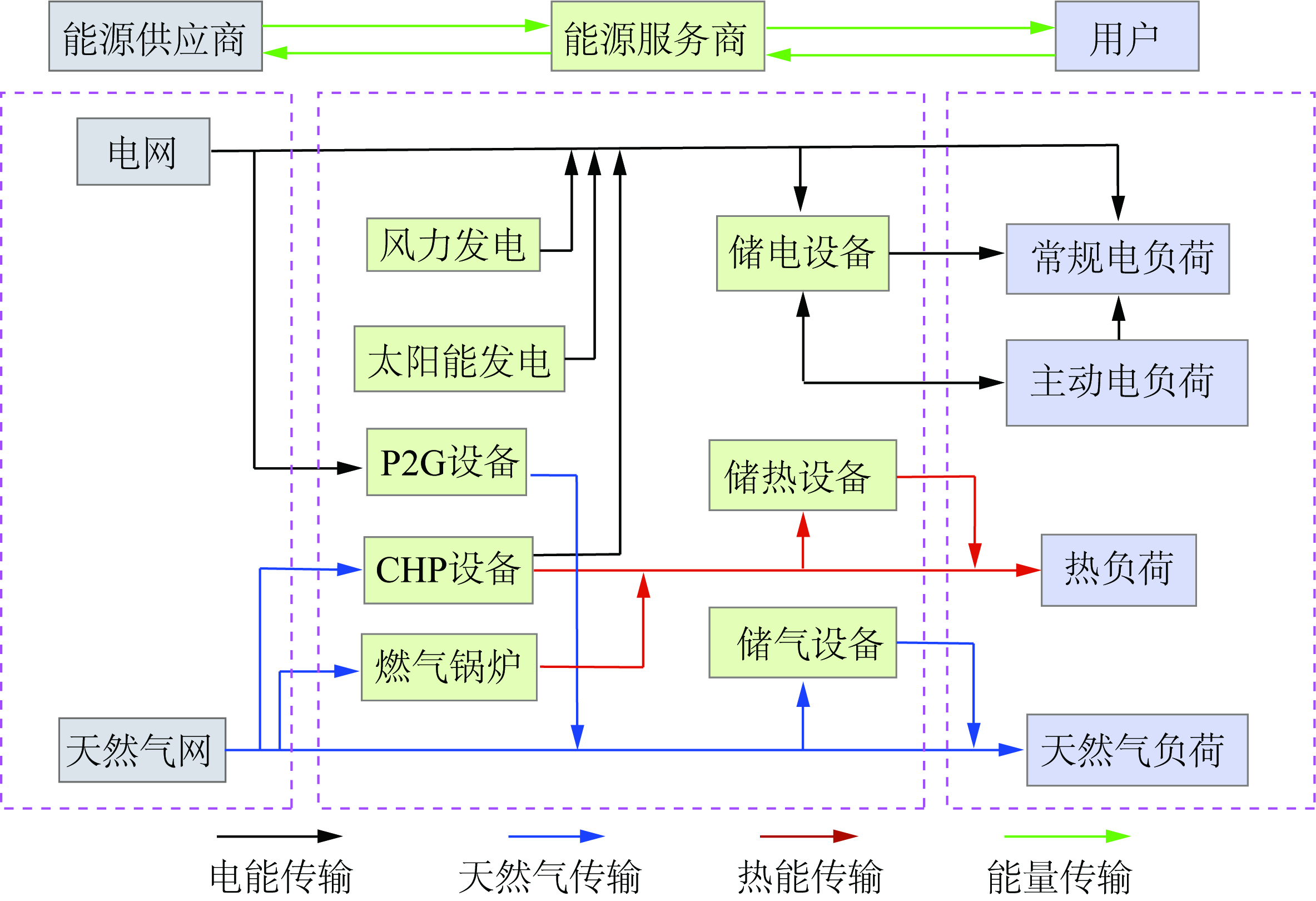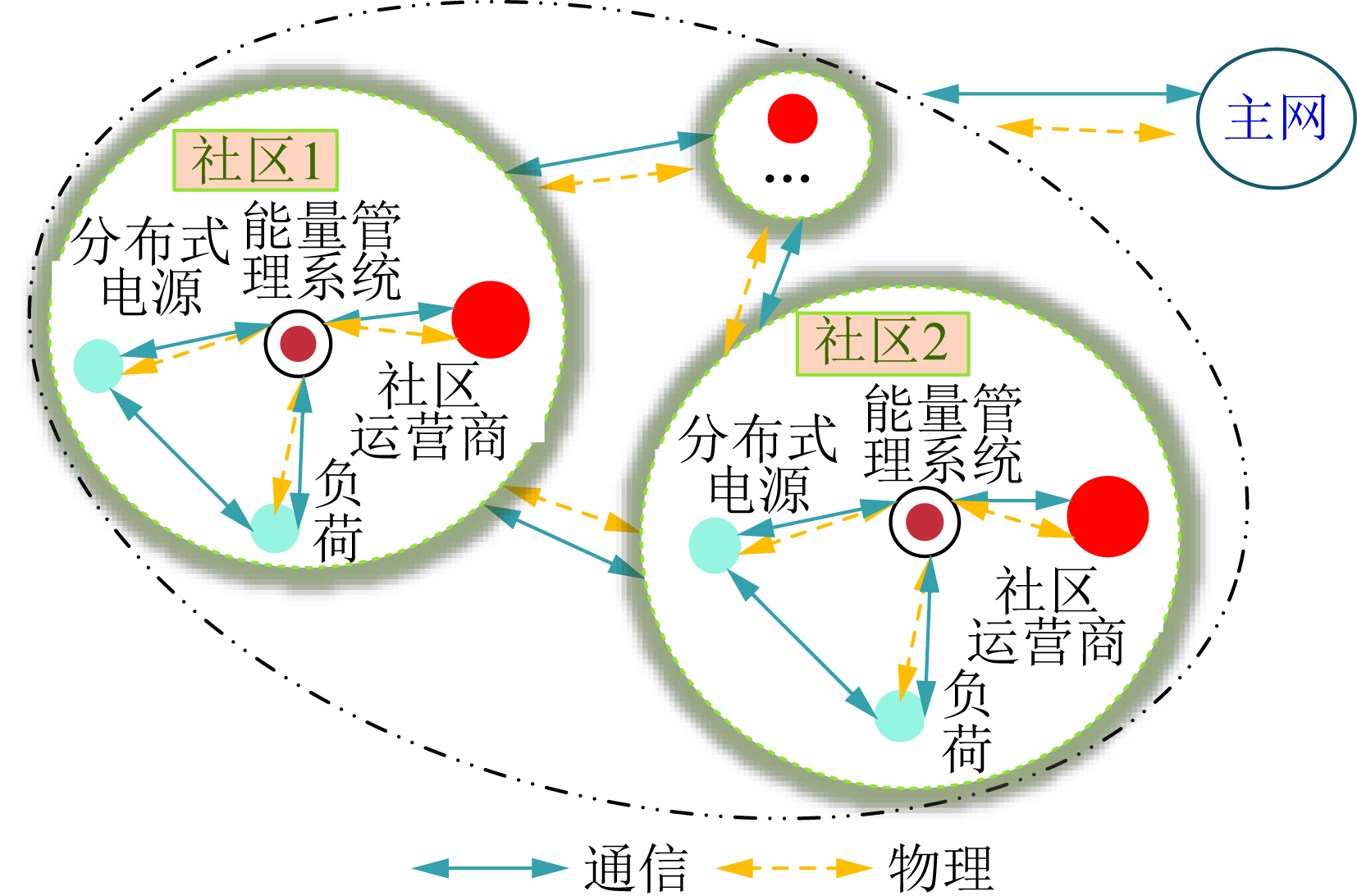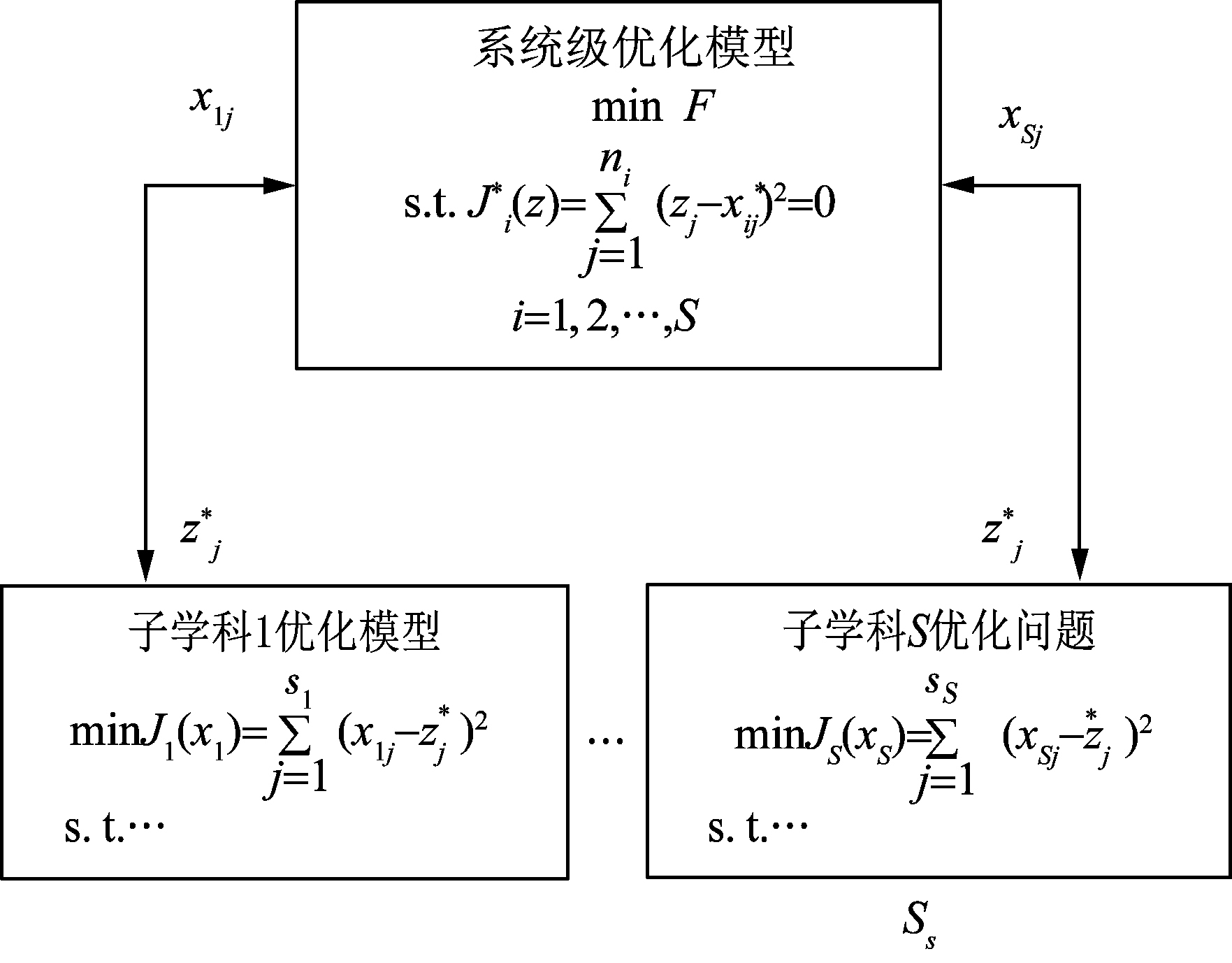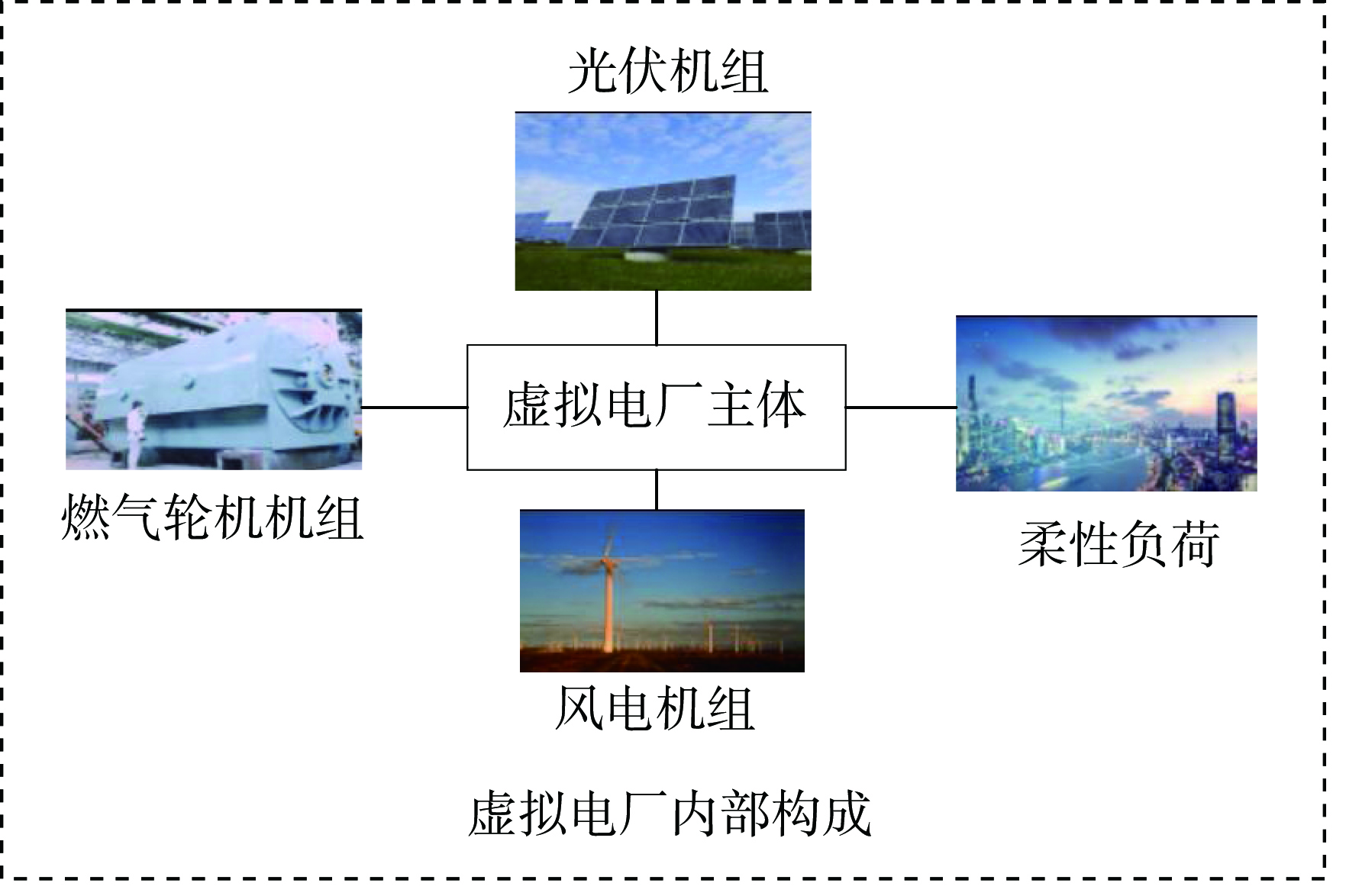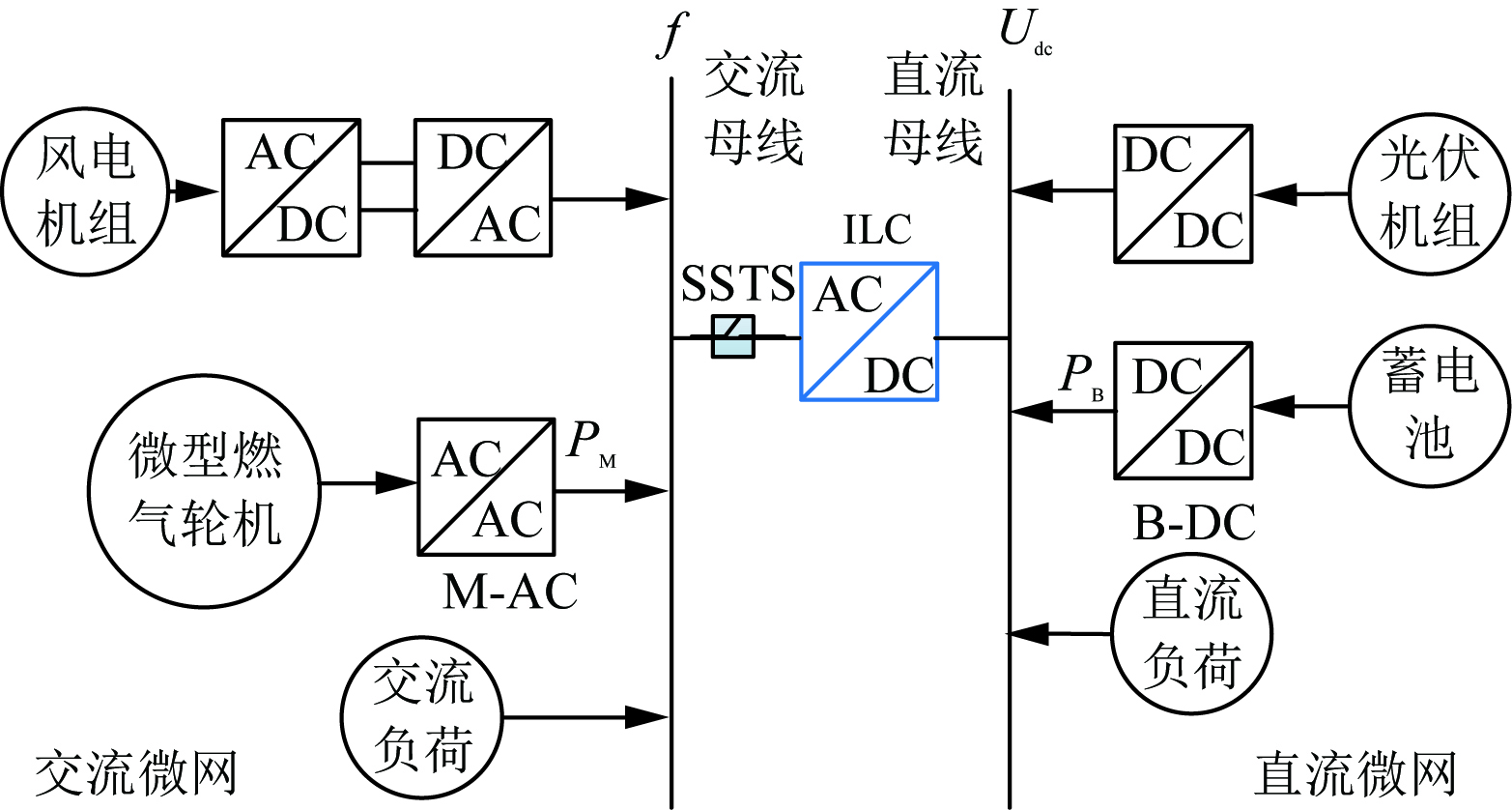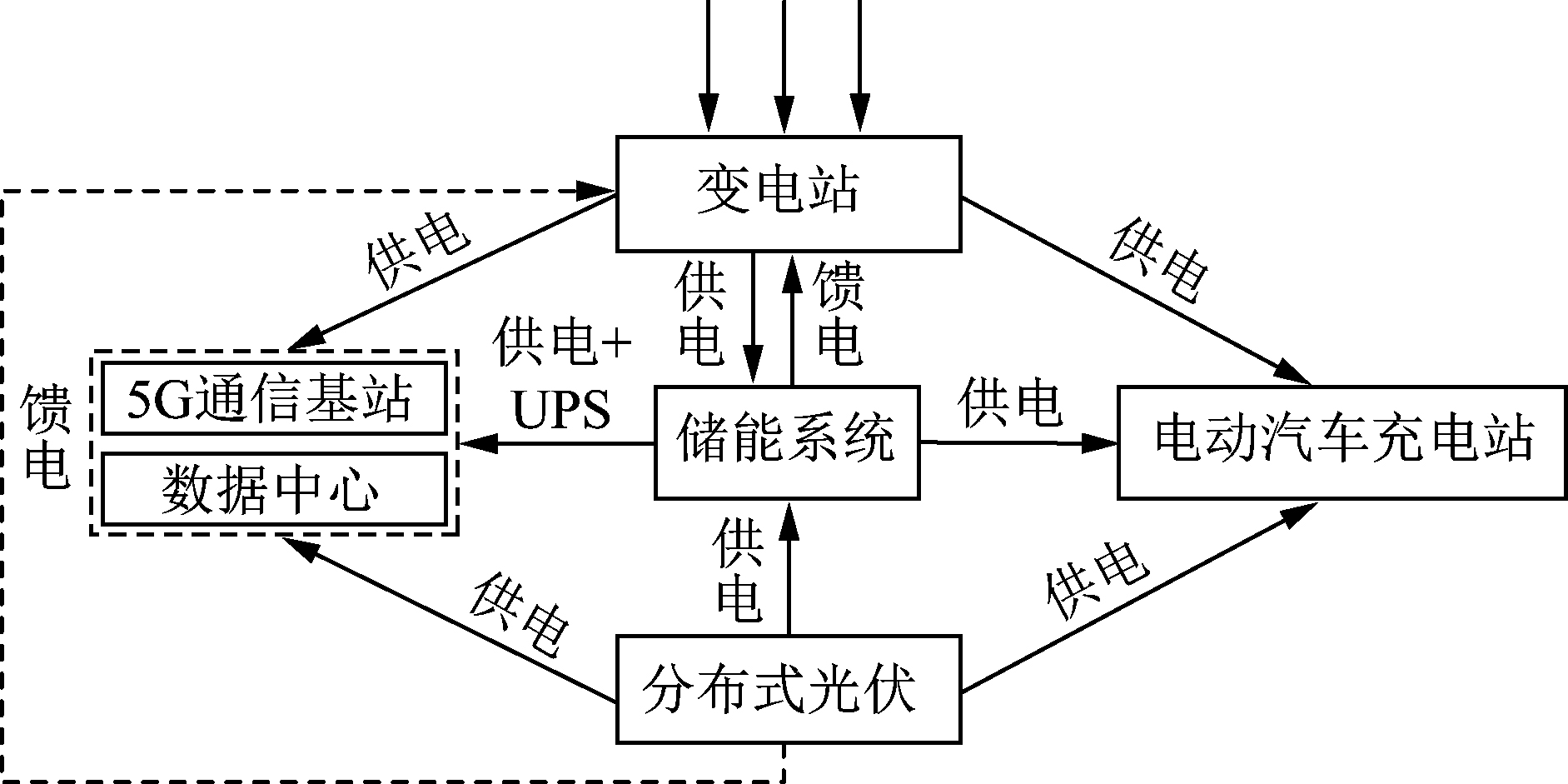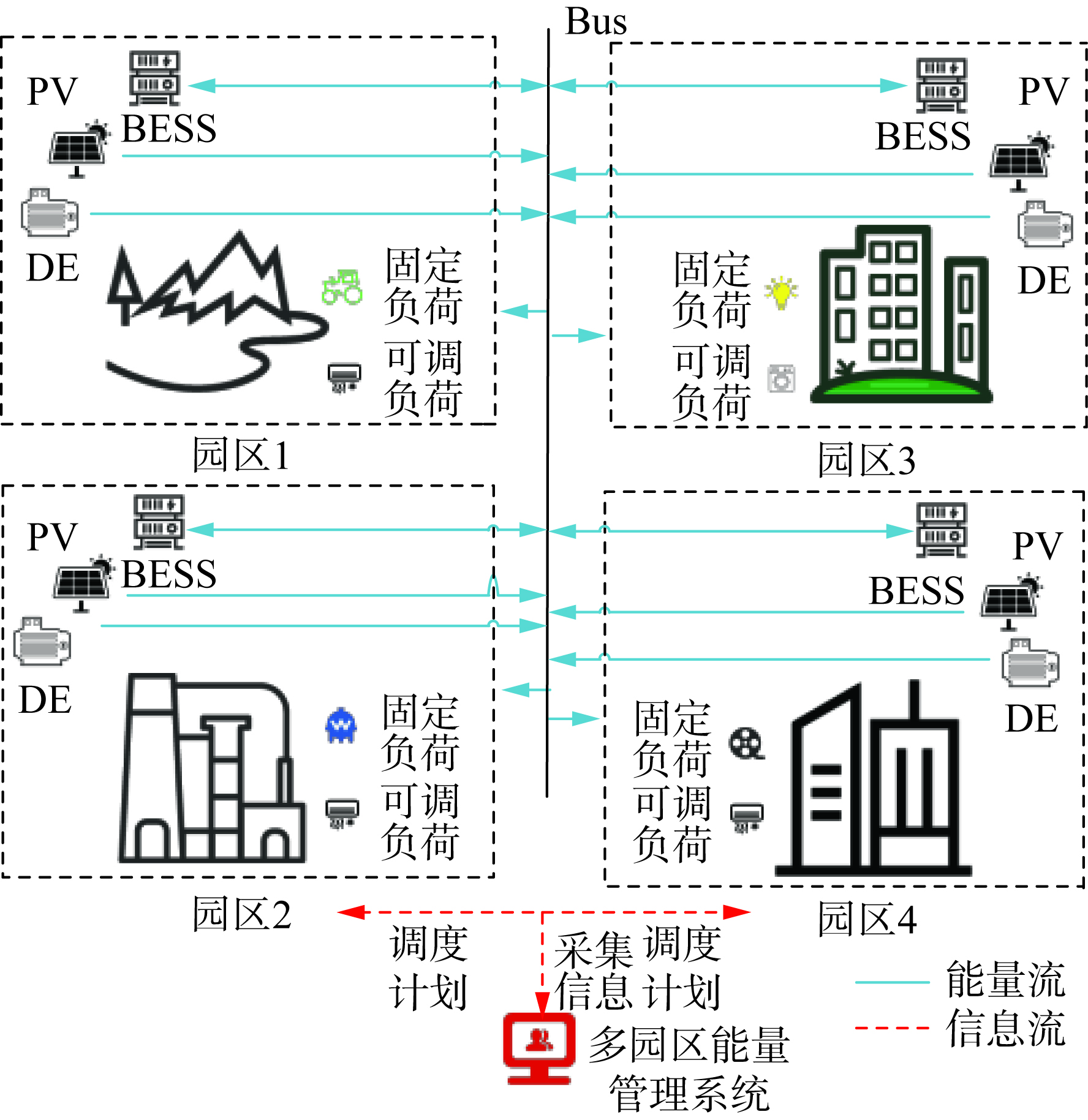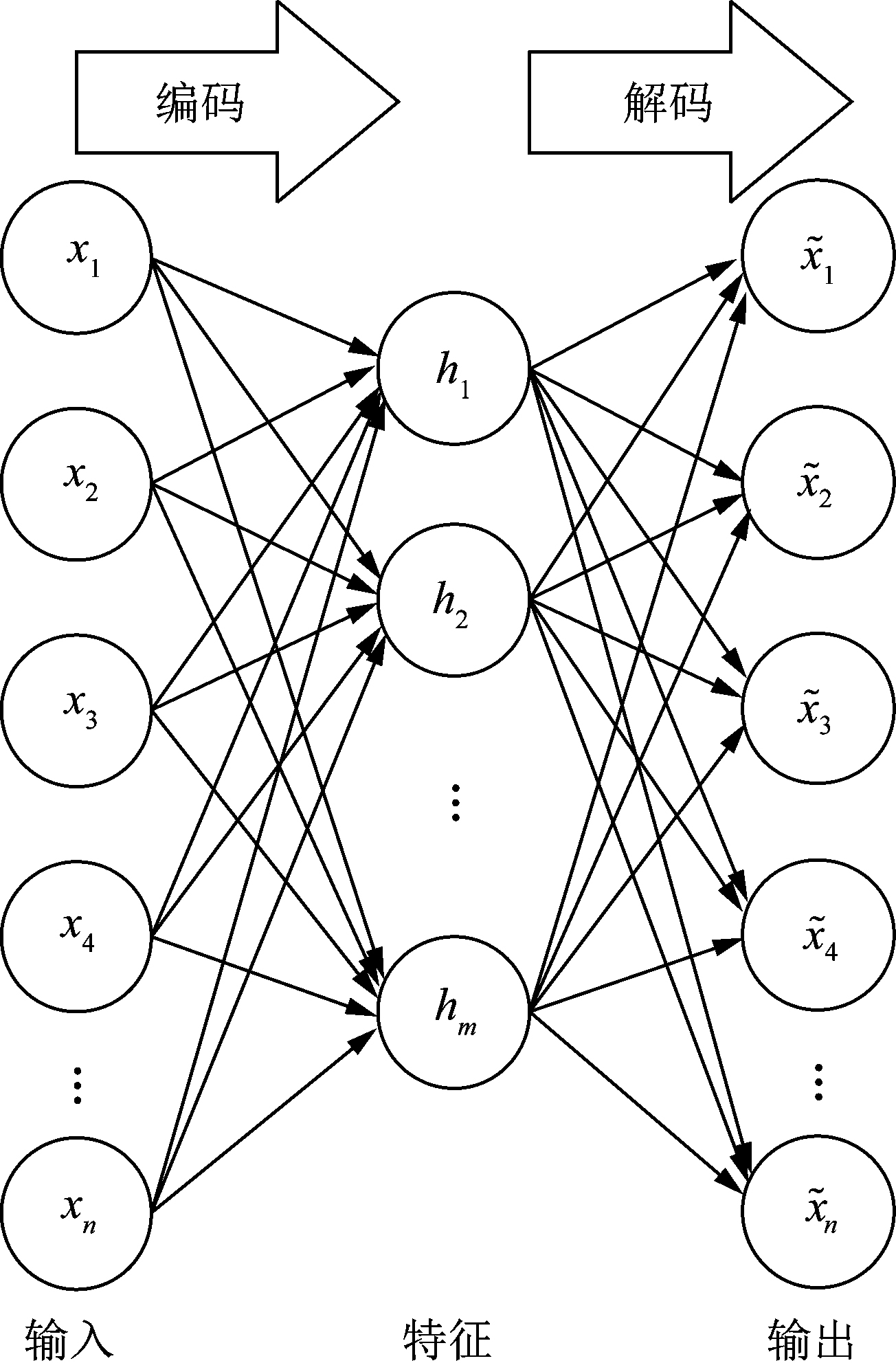WANG Tieqiang, LU Peng, CAO Xin, YANG Xiaodong, WANG Wei, Lü Hao, FENG Chunxian, TIAN Chao, SHI Haoyan, LIANG Haiping
Aiming at the demand of power grid historical data mining, a method for similarity matching of power grid operation section applying stacked automatic encoder (SAE) is proposed. According to the historical section information, combined with the characteristics of power grid operation, effective sample data is selected. The weights and bias parameters of the pre-training stage are obtained by using unlabeled valid sample data of power grid operation section and layer by layer automatic encoder (AE). Furthermore, in the parameter tuning stage, parameters of the whole network are fine-tuned by using labeled sample data, initialized weights and deviations to obtain a stacked self-coding network capable of mining the deep features of the running section. The proposed method establishes a nonlinear mapping relationship between historical operation section data and similarity measurement through the deep structure of SAE algorithm, and then obtains valuable historical information. IEEE 39-node system is used to verify the proposed method. The results show that the proposed method has higher matching accuracy than K-means algorithm, and the error rate decreases faster with the number of iterations.


